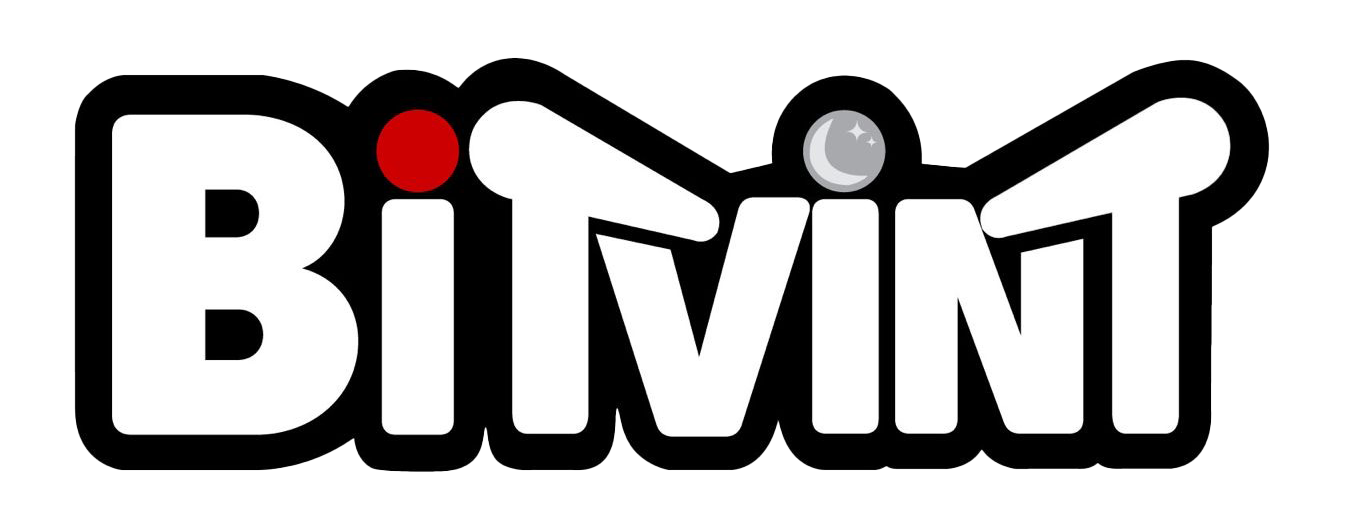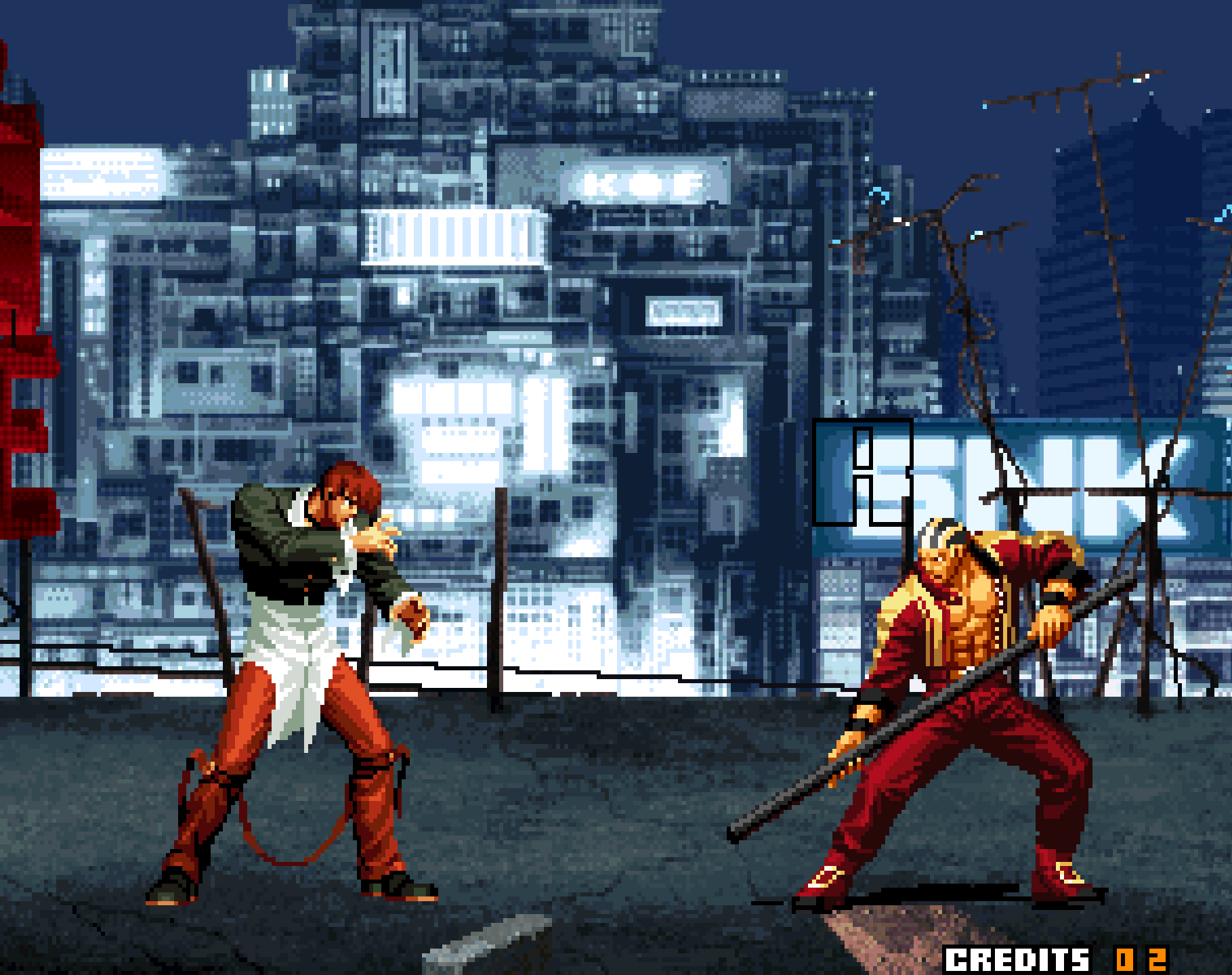Introduction
Released in 2003 by SNK Playmore, The King of Fighters 2003 marked the start of a new storyline—the Ash Saga—and introduced the most radical format change since the series began. Replacing the traditional round-based team system with real-time tag battles, KOF 2003 offered faster, more dynamic gameplay and introduced Ash Crimson, the enigmatic antihero at the center of the next narrative arc. It was also the last KOF entry released for the Neo Geo MVS, ending an era for arcade hardware.

Development and History
- Developer: SNK Playmore
- Publisher: SNK Playmore
- Release Date: 2003
KOF 2003 was developed as a reboot in both gameplay and story direction. With the NESTS Saga concluded, SNK Playmore sought to revitalize the series for a new generation of players. The tag-team mechanic was inspired by titles like Marvel vs. Capcom, and the roster was redesigned to reflect the beginning of a more personal, supernatural conflict. It also marked a full generational handoff of protagonist roles, with Kyo and K’ stepping aside for Ash Crimson.

Gameplay Video
Gameplay and Mechanics
Core Gameplay
- 3-on-3 Tag Battles: Players can switch between active characters in real-time during a match.
- Leader System: One team member is designated as a “Leader” who can access a powerful Leader Super Move.
- Quick Shifting: Allows for instantaneous character swaps during combos or pressure.
- Power Gauge: Shared by the entire team; can store up to five stocks for Super Moves, Guard Cancels, or Quick Shifts.
New Characters and Teams
- Ash Crimson: The new green-flame-wielding antihero with mysterious motives.
- Duo Lon and Shen Woo: Ash’s teammates, forming the new Hero Team.
- Tizoc (Griffon Mask): A masked luchador and fan favorite from Garou: Mark of the Wolves.
- Gato: Another Garou import known for aggressive, stance-based fighting.
- Adelheid Bernstein: Son of Rugal Bernstein, introduced as the game’s boss.
Returning Teams
- Fatal Fury Team (Terry, Joe, Tizoc)
- Art of Fighting Team (Ryo, Robert, Takuma)
- Women Fighters, Ikari Warriors, and Yagami Team all return with some member reshuffling.
Challenges
- Boss Fight – Adelheid: A powerful, elegant fighter with Rugal’s legacy moves and brutal precision.
- Strategic Tagging: Managing leader moves, meter, and rotation order is critical for high-level play.
- Combo Complexity: Real-time tagging allows for extended and highly technical combo chains.

Cultural Impact and Legacy
- Start of the Ash Saga: Set a new tone for the series with themes of betrayal, legacy, and mysticism.
- Gameplay Evolution: The tag system was divisive but influential for future experimentation.
- Hardware Milestone: Final KOF released for the Neo Geo MVS after nearly a decade of support.
- Popular Ports: Released for PlayStation 2, Xbox, and later included in compilations.

Fun Facts
- Ash’s Personality: His flamboyant, villainous demeanor was a departure from traditional protagonists.
- Leader Moves: These powerful supers are unique to each character and not accessible unless designated as Leader.
- Hidden Characters: Maki Kagura (Chizuru’s sister) and Mukai (a god-like being) appear in story and as secret bosses.
- Stage Design: Several stages feature 3D parallax effects and animated backgrounds unique to this entry.

Conclusion
The King of Fighters 2003 ushered in a new era for SNK’s flagship fighter. With its real-time tagging, leader mechanics, and fresh storyline, it signaled a shift toward modern design while honoring its legacy. Though divisive at launch, it remains a bold and innovative entry that laid the groundwork for the Ash Saga and future gameplay refinements.
Related Pages
- The King of Fighters Series Overview: Follow the evolution of SNK’s most iconic fighting series.
- The King of Fighters 2002: The previous Dream Match installment with classic 3-on-3 combat.
- The King of Fighters '99: Where the Striker system and NESTS narrative began.

